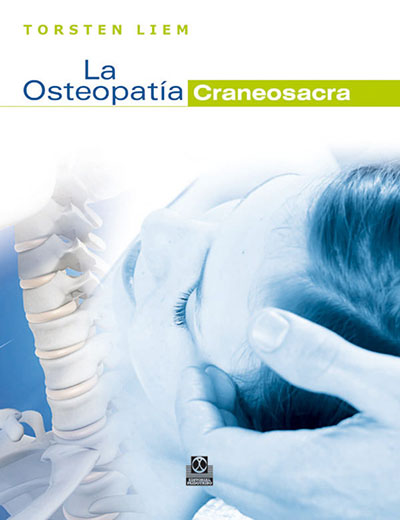
Osteopathy was developed by the American Dr. Andrew Taylor Still. Based on his conflict with contemporary medicine and dissatisfaction with doctors’ excessive prescriptions, bloodletting, and other methods, he developed a completely new and comprehensive medical system that he called osteopathy.
This book provides the necessary embryological and anatomical foundations that constitute the essential roadmap for the therapist’s approach to the patient. Its objective is to help answer some questions, offer support, new insights, and insights, as well as serve as a reference work so that this therapeutic approach can be successfully integrated into daily practice. The book compiles the results obtained to date in scientific research in the broad field of craniosacral osteopathy and introduces the reader to the diagnostic principles, treatments, and cranial techniques.
Prologue to the First Spanish Edition by Alberto Panizo
Within the limited bibliography on craniosacral osteopathy available in Spanish, I have the pleasure of writing the prologue to this manual by German osteopath Torsten Liem, which will serve as a basic textbook for students of this discipline. Torsten has drawn directly from many living sources, from different and important masters who have dedicated their lives to researching and developing this therapy. Hence the richness of this book.
“For me, osteopathy is an art that equally involves the hands, reason, and heart.”
With these first words of the introduction, Torsten gives us a clue as to what he will later develop. Not only will reason have a place in this book—that is, a profound exposition of the embryological, anatomical, and mechanical foundations upon which the therapy has been developed—but also the heart, as a learning experience of a unique art of palpation and awareness in the therapist-patient relationship.
The manual presents a comprehensive overview of the therapy and its foundations, outlining all the important scientific research that has been conducted in a field that we can still consider “open.” It delves into the anatomy of the craniosacral skeleton as preparation for a thorough understanding of what Sudherland called the “primary respiratory mechanism.” Based on this understanding, Torsten describes in depth the art of palpation, a basic topic in this type of therapy often forgotten in manuals. He then delves into the chapters on the principles of diagnosis and treatment, concluding with their practical application.
I enthusiastically recommend this book to osteopathy students, who will find complete basic information, presented very clearly. It will also be very useful for us, craniosacral osteopathy therapists, because it will remind us that our daily work in the office goes beyond a mechanical manual technique, as we enter into therapeutic contact with deep levels of the patient.
TITLE: CRANIOSACRAL OSTEOPATHY
Author: Liem, Torsten.
Review, adaptation, and prologue to the Spanish edition: Alberto Panizo
Publisher: Paidotribo
Collection: Physiotherapy/Rehabilitation
Code: 00589
ISBN: 84-8019-577-0
Pages: 580
TITLE: PRACTICE OF CRANIOSACRAL OSTEOPATHY
Author: Liem, Torsten.
Review, adaptation, and prologue to the Spanish edition: Alberto Panizo
Publisher: Paidotribo
Collection: Osteopathy
Code: 00610
ISBN: 84-8019-598-3
Pages: 626 http://www.paidotribo.com/pdfs/610/610.i.pdf

